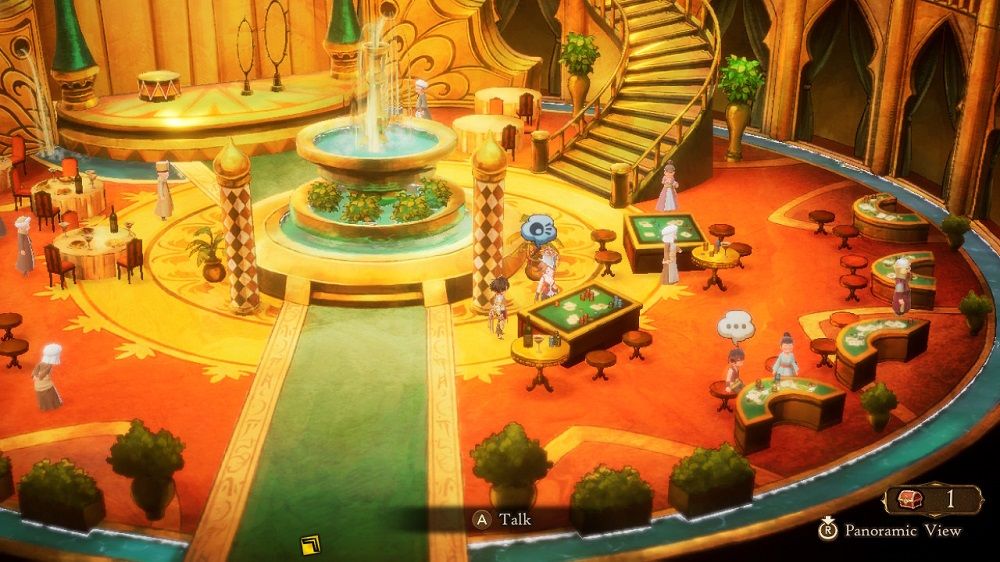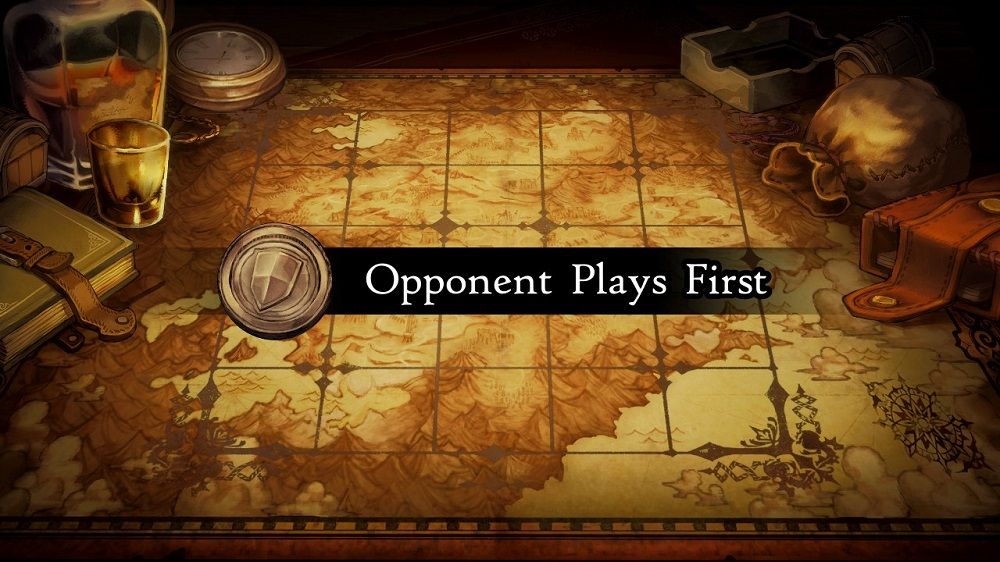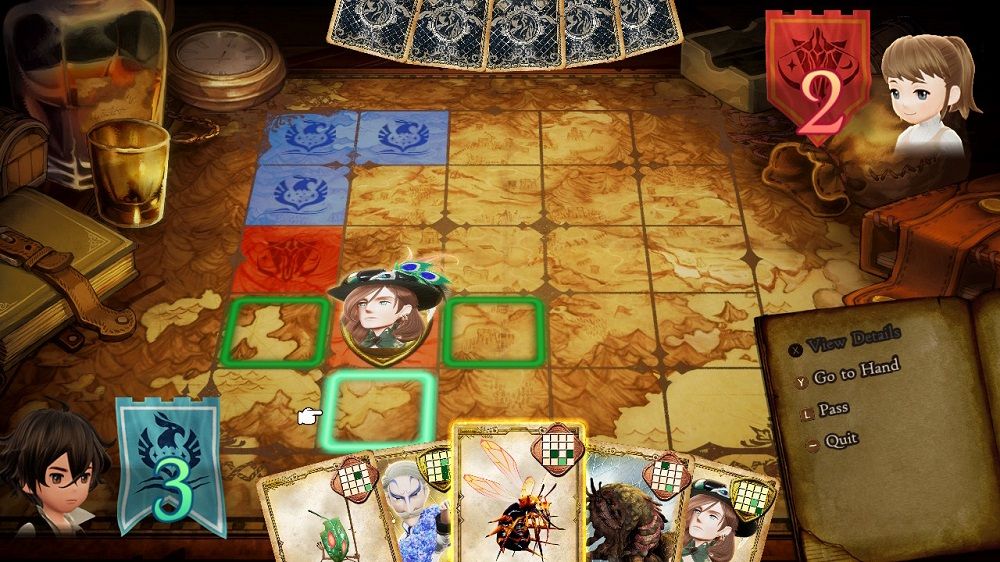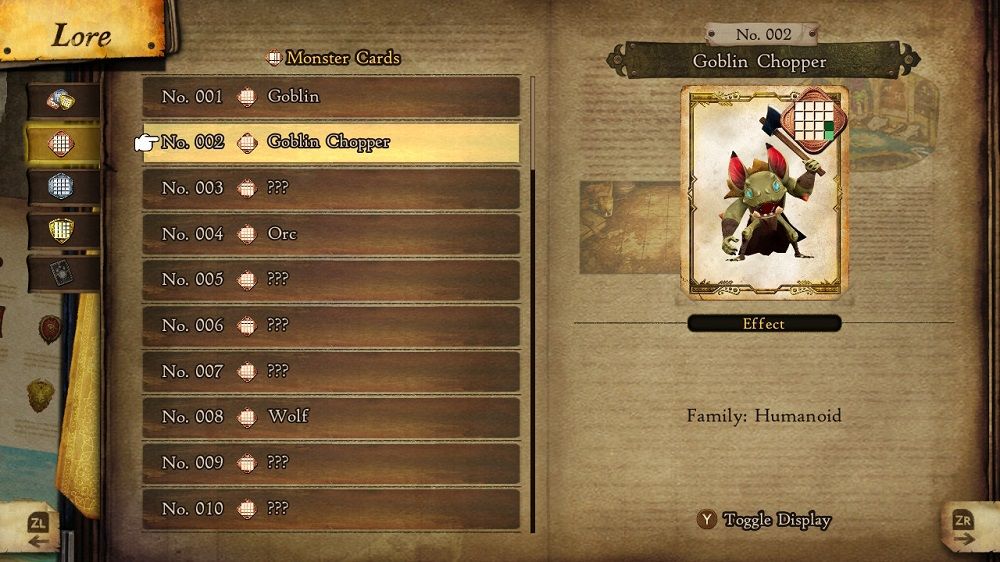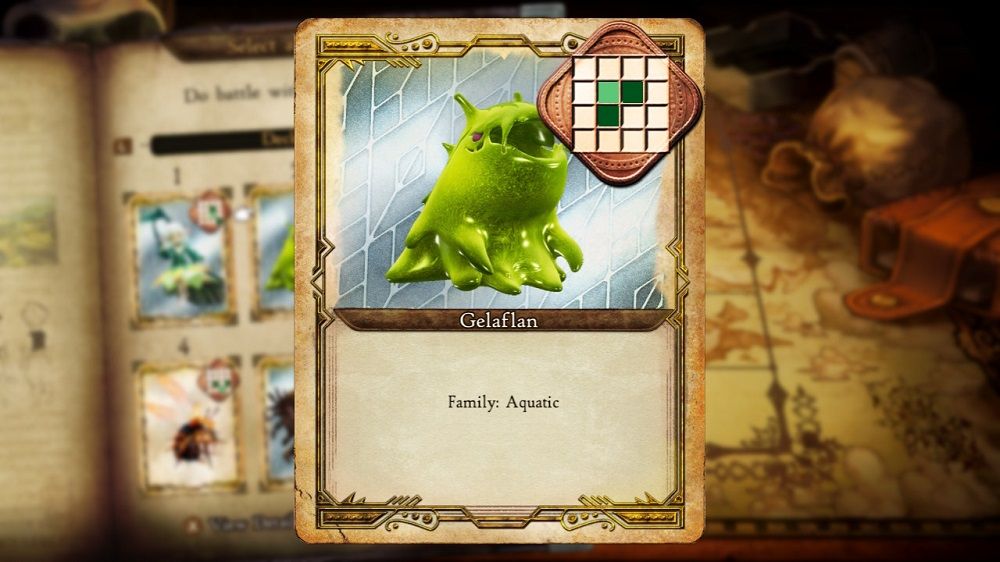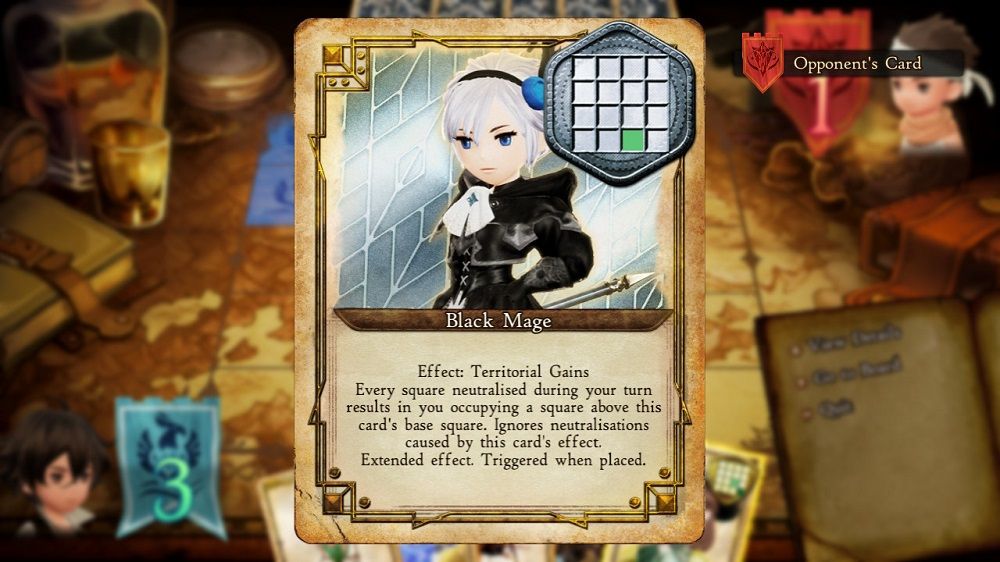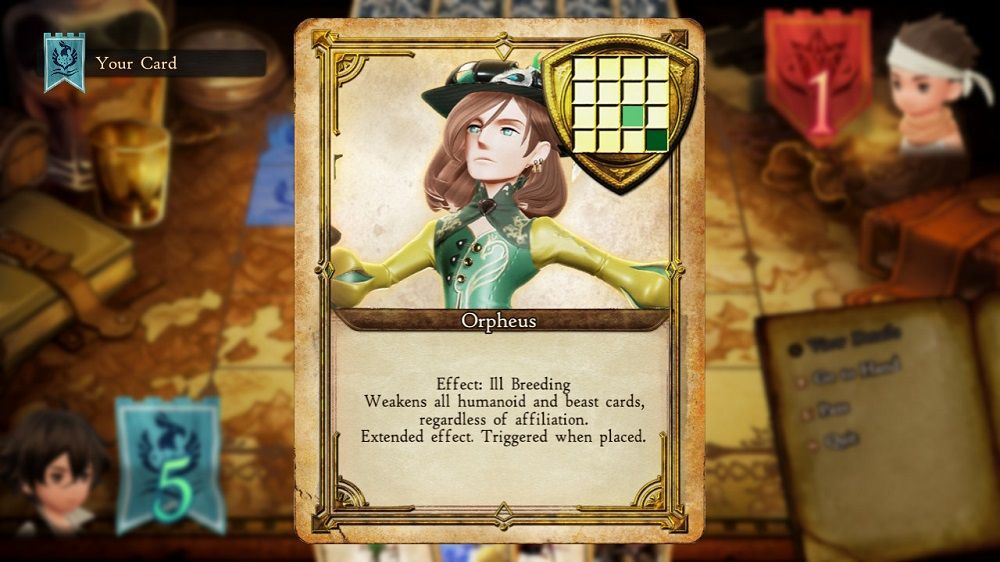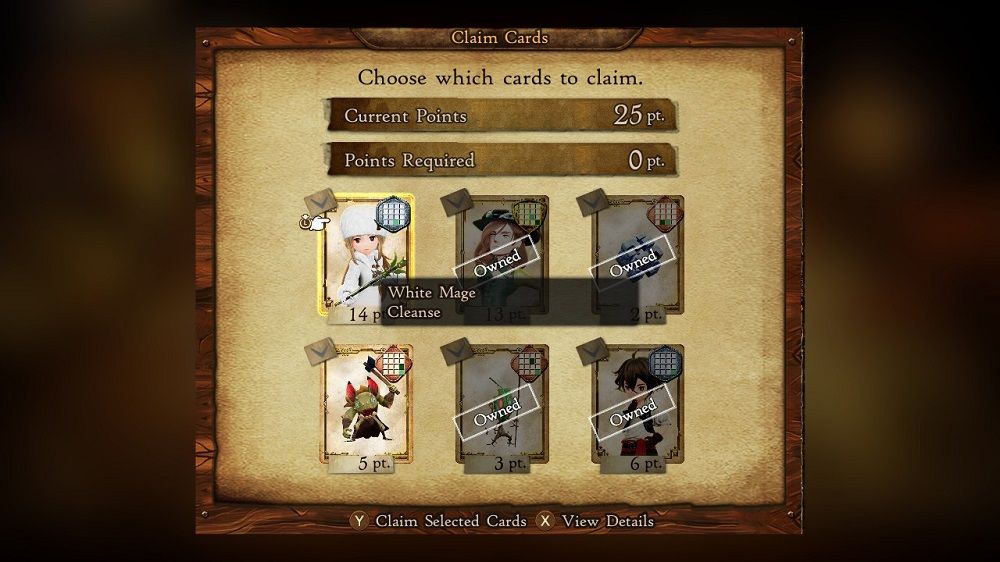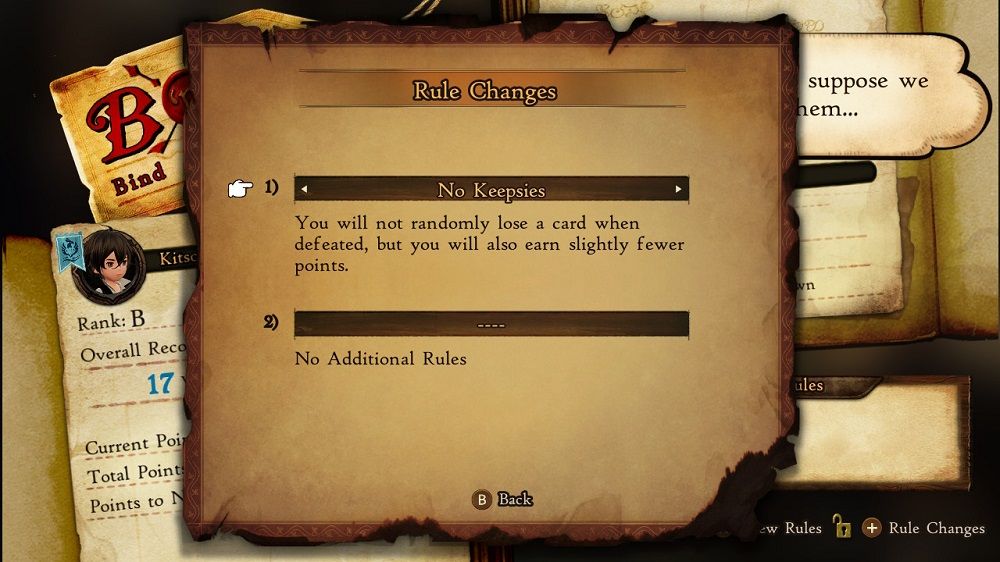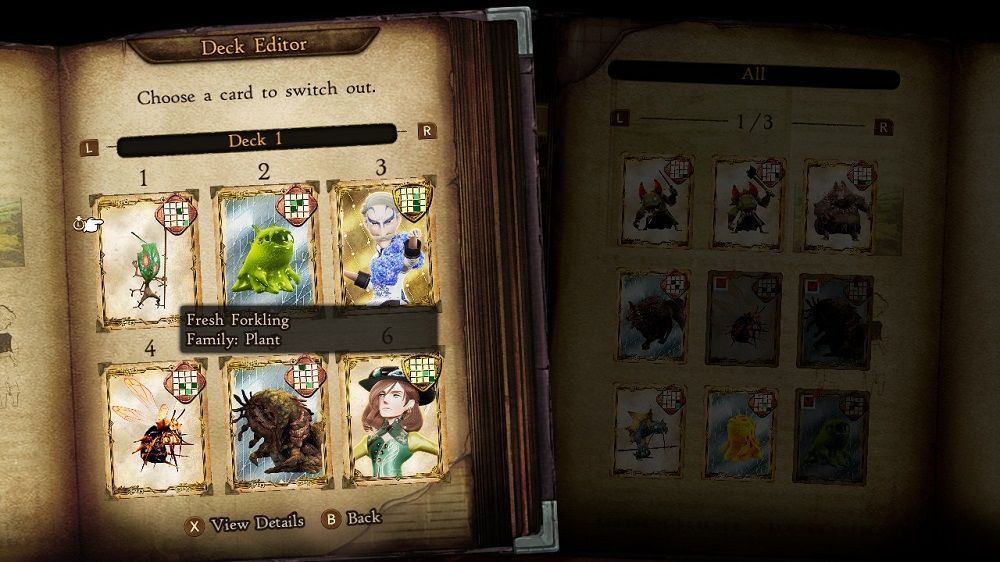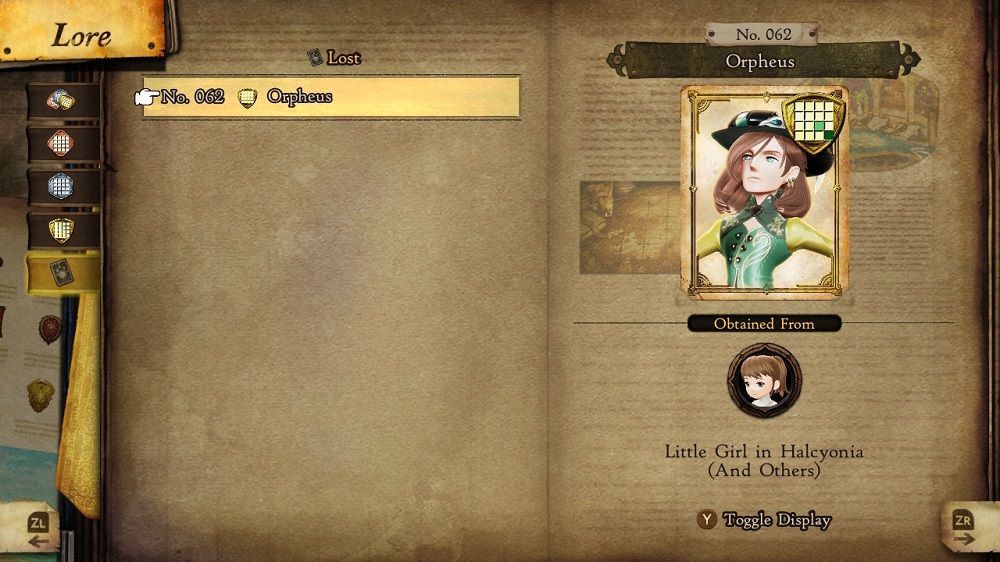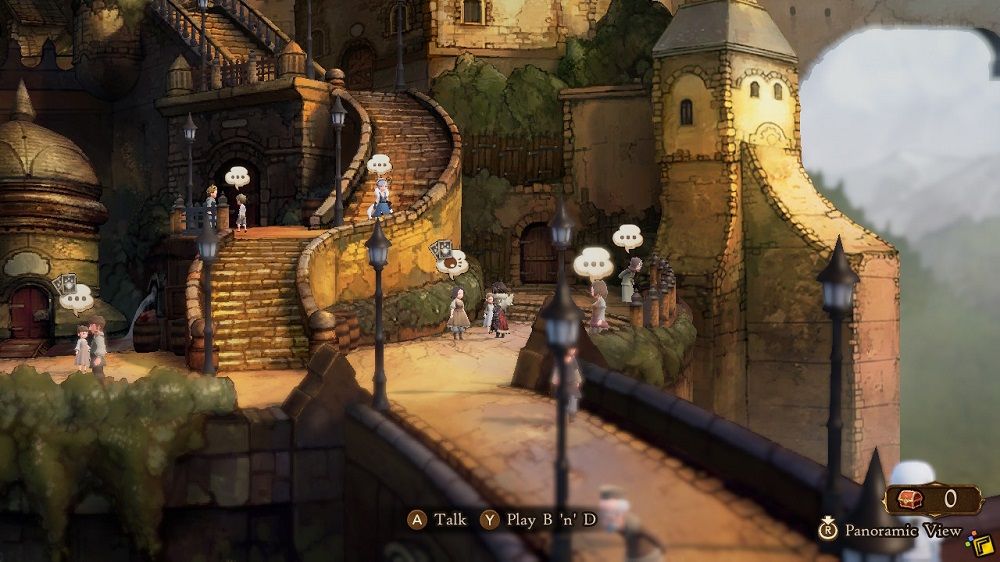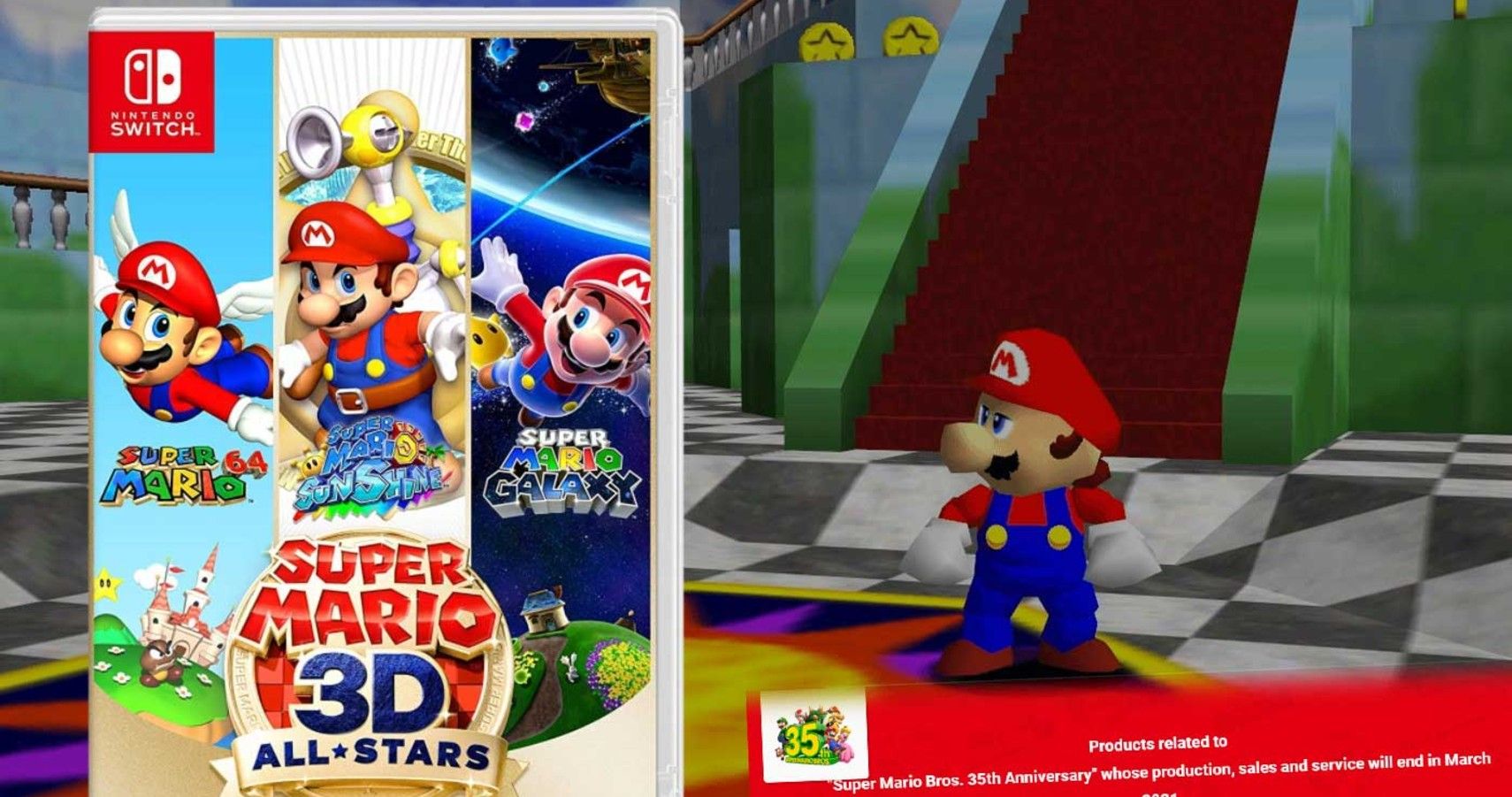Bravely Default 2 features a card-based minigame called Bind and Divide, or B ‘n’ D for short, offering players a fun little way to take a break from the main adventure. As well as offering a fun little side game, B ‘n’ D is also the key to unlocking the optional Gambler Job and is involved in other side quests too.
This Triple-Triad-esque game isn’t necessarily straightforward, despite the tutorial trying its best to explain how the game works. With that in mind, we’ve put together a handy little guide so you can become a dab hand at B ‘n’ D in no time.
How to Unlock Bind and Divide
You can unlock the Bind and Divide minigame by speaking to Shirley the Gambler in the Gambling Hall located in Savalon, which is also the side-quest required to unlock the Gambler asterisk. This quest becomes available after receiving the Beastmaster asterisk as part of the main storyline. However, you don’t need to finish this quest in order to unlock B ‘n’ D, as once you have spoken to Shirley she will give you your first deck of cards and a tutorial match, so you are good to go.
As part of Shirley’s side-quest, you will be directed to speak to Orpheus at the back of the hall — make sure you do this, as you’ll get a free card. The two NPCs in the Gambling Hall that you are required to beat for the quest are also good practice partners to get into the swing of it. If you need a tutorial refresher, you can speak to the NPC behind the bar on the left side of the Gambling Hall.
The Basics
At the start of each card battle, a coin will be tossed to decide which player will go first. Then you choose which deck you want to use for the match, though when you first start out, you’ll only have one deck.
The goal of B ‘n’ D is to occupy as much of the board as possible by placing cards and claiming squares as your territory (blue squares), with the goal being to have a higher number of claimed squares than your opponent (red squares). Each player has six cards and when all cards have been laid on the board, whoever has the most claimed squares will be the winner. If you and your opponent end on the same number of claimed squares, then the match will result in a draw.
One of the best ways to claim territory is to flank your opponent’s cards, effectively sandwiching your opponent’s cards between your own, as this will result in their square becoming yours. You should aim to take the corner squares in any game, as these cannot be flanked.
Placing a square over one that is already claimed by your opponent will neutralize it, leaving it unoccupied once more. If you place a card that should both neutralize and then flank a card in the same maneuver, then neutralization always takes precedence over flanking and only this effect will take place.
Different Kinds of Cards
There are different kinds of cards that you can have in your deck with varying claiming patterns and effects that they can put in place. As well as weakening and strengthening other cards, other effects contribute to the squares you claim, and some cards poison others or can even protect squares with a shield, making them invulnerable to being neutralized or claimed by flanking.
Monster Cards
Most of your cards will be basic monster cards, and each will have some green squares on them to show the pattern of squares that you can claim when the card is placed. The bright green square is the base square, and can only be placed on squares that are not already claimed. The dark green squares are additional squares that will be claimed when you place the card, and these can overlap squares claimed by your enemy in order to neutralize them — making them unoccupied once more.
Monster cards fall into different families depending on what type of monster is on the card. This is important as various families can be affected by different effects from Job and Character cards.
Job Cards
Job cards also have a green pattern on them to show which squares they can claim, but they have an additional function also. Job cards have special effects, which will be listed on each card. The effect is triggered when the card is placed. These effects are either a one-time thing or are permanent until the end of the match.
Job Cards with extended effects can sometimes place tokens on the board, and neutralizing the token square or flanking it to claim it as your own will remove the effect of the token. You can view the effect of a token by going to the board and viewing its details.
Character Cards
Character cards offer powerful effects but do not always directly claim any cards when placed. Many of these cards have permanent effects that will last until the end of the match.
Character Cards with extended effects can also sometimes place tokens on the board, much the same as Job cards, and these can be neutralized and removed in the same way.
Purchasing New Cards
Whenever you win a match, you will enter a screen where you can purchase the cards that your current opponent had been using with points. These points are earned from playing B ‘n’ D, and reflect your card rank and the rules that were in place for the match.
Match Rules
When you challenge an opponent to a game of B ‘n’ D, the rules that will be in effect for the match are listed on the screen.
Once you have purchased all of the cards that a single NPC has to offer, you are then able to change the rules for any matches with them in the future. This can be done on the initial screen that appears when you challenge them. You can apply two rules per match, and the available rules are as follows:
- No Keepsies — You will not randomly lose a card when defeated, but you will also earn slightly fewer points.
- Wraparound — Occupying a square that would be beyond the edge of the board results in a square on the opposite side of the board being occupied instead, earning a small points bonus.
- Wipeout — From the fifth turn onwards, it will be possible to defeat your opponent by reducing the number of squares that they occupy to zero, earning a small points bonus.
- First Past the Post — It will be possible to win by being the first to occupy 15 squares. This will also earn a small points bonus.
Changing Your Deck
Whenever you initiate a card battle, you will have the opportunity to edit your deck and you can have up to three pre-made decks at any time. It is worth having different decks set up to take advantage of different rules, so you can farm points more effectively in order to purchase new and better cards.
Losing Cards
Unless the “No Keepsies” rule is in play, you will lose a random card when you are defeated at B ‘n’ D. In order to retrieve your lost card, you can check in your card binder (found under the Lore option in the main menu) and then examine your lost cards to see which NPC they can be purchased from. Simply challenge that NPC and win to be able to buy your card back.
Finding Opponents
Once you’ve unlocked B ‘n’ D, you will find various players to challenge throughout the cities you will visit. NPCs will have the B ‘n’ D card logo above their heads if they can be challenged to a game. Challenging many different NPCs is the key to building a powerhouse deck, as each NPC will have different cards available for purchase. As you rank up, you will be allowed to challenge even more opponents.
Next: Bravely Default 2 Review: Old School Aesthetics
- Guides
- Bravely Default 2
Meg appreciates gaming on all formats but primarily spends her time achievement hunting to the extreme. Her passion for gaming began as a child when first introduced to the Amstrad.
Source: Read Full Article
